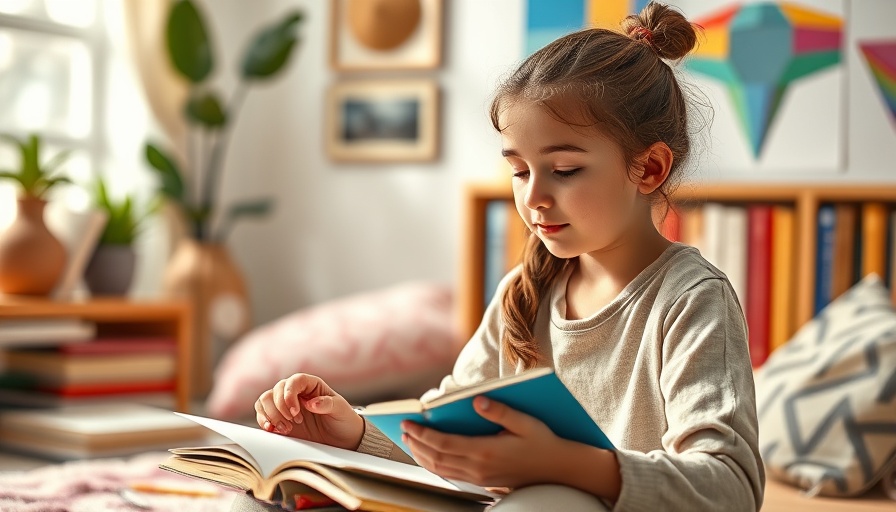
Finding Mindfulness in Everyday Life
In today’s fast-paced world, embracing mindfulness has become more important than ever. Adults in Denver, particularly those managing busy family lives, can learn invaluable lessons from one of the most surprising sources: children. Through programs like Space Between, first graders provide simple yet powerful meditation techniques that can enhance our everyday lives and improve our family’s mental health.
What is Mindfulness and Why is it Important?
Mindfulness involves being fully present in the moment, which can significantly reduce stress and anxiety. With many adults juggling demanding jobs and familial responsibilities, it’s easy to feel overwhelmed. By learning mindfulness techniques from children, we can discover tools to cope with stress in a fun and engaging manner. According to experts, teaching mindfulness in schools not only supports the well-being of students but also nurtures a healthier environment for teachers, creating a ripple effect of positive mental health within school communities. With programs like Space Between, which has been active since 2016, mindfulness is becoming an integral part of education.
Mindfulness Techniques Directly from First Graders
Two first graders from Seattle, Elijah and Romir, share their unique approaches to mindfulness that can be easily adopted by anyone. Romir teaches the Zig-Zag Breath, which involves moving your head in a zig-zag as you breathe out calmly. This simple technique can be remarkably effective for both kids and adults when seeking a moment of calm or warmth.
Elijah, on the other hand, introduces the concept of Square Breathing. This involves imagining drawing a square in the air while synchronizing your breath. This method emphasizes the importance of controlled breathing, which calms the nervous system and increases focus.
The Benefits of these Fun Practices
Practicing mindfulness in simple ways makes it accessible for both children and adults. Engaging in the activities introduced by Elijah and Romir not only serves as a playful interaction with children but also boosts emotional regulation and self-esteem. Positive interactions like these can help your family develop healthier coping mechanisms for handling stress.
Incorporating Mindfulness into Family Life
As parents, we can integrate mindfulness in various fun and interactive ways. For example, introducing the Zig-Zag Breath or Square Breathing during family game nights or quiet times can be beneficial. Moreover, allowing children to lead these practices fosters their confidence and reinforces their learning. Activities such as mindful walks or engaging in breathing games provide an enjoyable path for families to bond and practice mindfulness together.
Future Insights and Opportunities
Mindfulness is more than just a trend; it is a pathway to better emotional health and wellness for families. Schools are increasingly recognizing its importance, prompting a greater need for discussions on integrating such practices into home life. As we observe the positive impact of mindfulness in the classroom, parents are encouraged to explore how similar practices can transform family dynamics, particularly in times of stress.
Closing Thoughts
Mindfulness is a tool that can illuminate our paths in daily life, especially for families navigating the complexities of modern living. Learning from our children not only strengthens our relationships but also enhances our emotional well-being. As Elijah and Romir demonstrate, the simplicity of mindfulness practices can have profound implications for mental health. So, why not experiment with these techniques at home? Embrace these fun mindfulness exercises with your children to foster a more connected and harmonious family life.
Now is the time to take steps toward creating a calmer, more mindful home. By learning these practices from children, we not only make mindfulness accessible but also weave it into the fabric of our family’s daily life. Remember, every little effort counts in making a positive change!
 Add Row
Add Row  Add
Add 




Write A Comment